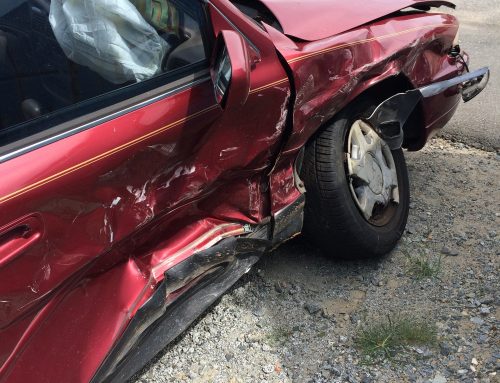In Florida, car accidents are behind a vast number of the personal injury claims and lawsuits. Even though this is a no-fault state – meaning that your personal insurance will generally pay the first $10,000 no matter who is at fault – you may find yourself with ongoing medical bills or financial hardship long after that payout dries up. In many cases, you can make a claim for damages from the at-fault driver’s insurance company, or sue them in court if a settlement is not reached.
But can you pursue the collection of financial damages if you were not wearing your seat belt? Whether you are driver or passenger, the law states that you must wear a seat belt. It turns out that there is some measure of discretion in these cases – and it may negatively impact your collected damages.

In most cases, you can still sue for damages if your car accident was due to the negligence, carelessness, or incompetence of the at fault driver. The amount of your compensation, however, is generally subject to comparative negligence statutes.
What are Comparative Negligence Statutes?
The state of Florida often employs the comparative negligence principle. The statute, enacted in 1973, permits an insurance company, jury or court to assign blame for the accident in a proportional manner. This means instead of placing blame in a black and white determination “this driver was at fault” – the blame can be assigned to multiple parties.
Although the injured party may still receive damages for their injuries, pain and suffering, and ongoing consequences, the amount of the award may be reduced by the percentage of blame they themselves carry. For example, if a jury determines that you were 40 percent at fault for causing the accident in question, the compensation and damages you would have received in a comparable case will be reduced by 40 percent. If you were awarded $100,000 in damages, you can only collect $60,000. This rule applies to insurance claims and legal claims.
How Does Comparative Negligence Apply to Seat Belts
It may be that the other driver was negligent or careless, and is at-fault for the accident. However, if it has been determined that you were not wearing a seat belt at the time of the accident, it may be argued that you sustained more severe injuries because of your own negligence.
An insurance company may assert that your medical bills would have been far less if you had been properly belted and secured. Therefore you are partially at fault for the extent not only of your injuries, but the amount of medical bills you have incurred. In this case, they will likely argue that you are not eligible to receive full compensation for your injuries, as the comparative negligence rule allows them to reduce your payment.
Another interesting complication is if the driver of the car was not determined to be at fault, but a passenger in their car was injured and not wearing a seat belt. The comparative statute rule may also be used to determine that the driver should have insisted that their passenger buckle up – and that the driver is in fact partially at fault for the passengers injuries.
How Do I Determine if I am Partially at Fault?
Because of the many nuances of these types of cases, it is imperative that you consult with a personal injury attorney as soon as possible after your accident. They can help you to sort through the details of your case, and to determine not only the damages you may eligible for, but to take on the insurance company on your behalf for the highest possible settlement. At Probinsky & Cole, our attorneys are proficient at helping you to understand and navigate your situation, and are ready to work with you to negotiate your rightful compensation.







